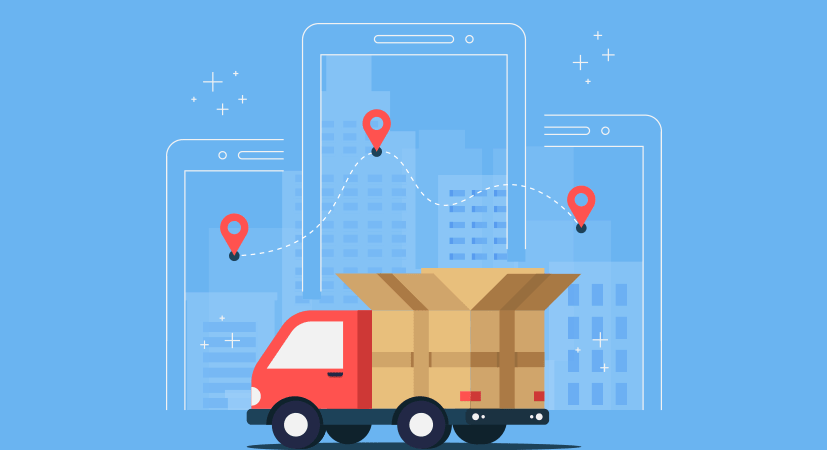The last mile, defined as the movement of items from a transportation hub to the final delivery destination often residential, is often the most challenging, costly, and technologically deficient portion of the delivery process. But as more and more consumers use e-commerce to order and ship everything from medicine to artwork, the shipping and logistics sector has to move to making last mile a strength and not a setback.
Not only do last mile delivery costs make up a substantial portion of the total freight, but most delivery networks aren’t built to handle the increased customer demand for door-to-door white-glove service. Accompanying the growth of widespread e-commerce usage, customers now make purchases with the expectation that their shipping experience will be quick and cheap, with updates communicated regularly.
What many sellers and e-tailers don’t realize is that last mile can and should be leveraged to their advantage. This is especially true as it relates to non-conveyable goods including, one-of-a-kind, rare, and precious objects. When it comes to shipping specialized items, such as artworks, antiques, furniture, customers often need specialized services as part of the shipping process, such as placement, installation or debris disposal. In cases like these, last mile becomes even more vital, as shipping represents the last part of the customer’s journey. Whether for a gallery, auction house, museum, etc., the last touchpoint for the end-client, and these services leave the final and lasting impression for the customer’s overall experience with the seller. The last mile of delivery provides a unique opportunity to shine.
A few simple steps can ensure the Last Mile is the best mile for sellers, e-tailers and ecommerce sites:
- Widen the Gap. Offer a wide range of services to satisfy the client. This may include custom crate fabrication, specialized installation, assembly, placement, debris removal, and managing customs formalities among others.
- Cost is key. Meeting the expected level of service through professionalism, safety, and dedication is fundamental for the longevity of the relationship with the customer. The catch is to be able to provide it in a cost effective manner.
- Know your customers. Managing consumers expectations has always been one of the challenges of the logistics sector. Understand consumer demand and be ready to adapt as a company is critical in the expansion of Last Mile as a merchant.
- Strategically streamline. Leverage innovations in technology to streamline and automate processes. Today, technology helps us better service clients according to their preferences. Introducing technology to an industry that has focused mostly on operations can lead to clearer communication between buyers and sellers, a more responsive and personalized experience for the client, and a more streamlined process for the supply chain. Specialized carriers with technology empower the seller to meet the lofty expectations the e-commerce industry has fostered.
- Anticipate the next mile. Last mile emphasizes the customer’s vision of the company. It triggers post purchase behaviors, reinforces overall satisfaction, and embeds the perception of the company in the mind of the customer. Their point of contact with their Last Mile agent becomes representative of the company as a whole, and can set off the loyalty loop that encourages them to continue to use our services in future purchases.
The key to making the Last Mile a strength and not a setback is twofold: providing a highly professional in-person customer experience, such as offering friendly faces, trustworthy personnel, knowledgeable providers, and efficient service as well as utilizing intuitive, strategic technology to understand what services clients expect, provide strong communication, and become a reliable source for logistics in the global supply chain.
Investing in the Last Mile through technology and the right partnerships with providers is becoming more and more essential. Given the changing nature of the consumers buying patterns and the increase of global trade, multi channel retailers and marketplaces, Last Mile, as integrated in their ecosystem, should not be omitted in planning growth strategy for these industry actors.
About The Author
Source: https://www.inboundlogistics.com
CUT COTS OF THE FLEET WITH OUR AUDIT PROGRAM
The audit is a key tool to know the overall status and provide the analysis, the assessment, the advice, the suggestions and the actions to take in order to cut costs and increase the efficiency and efficacy of the fleet. We propose the following fleet management audit.




